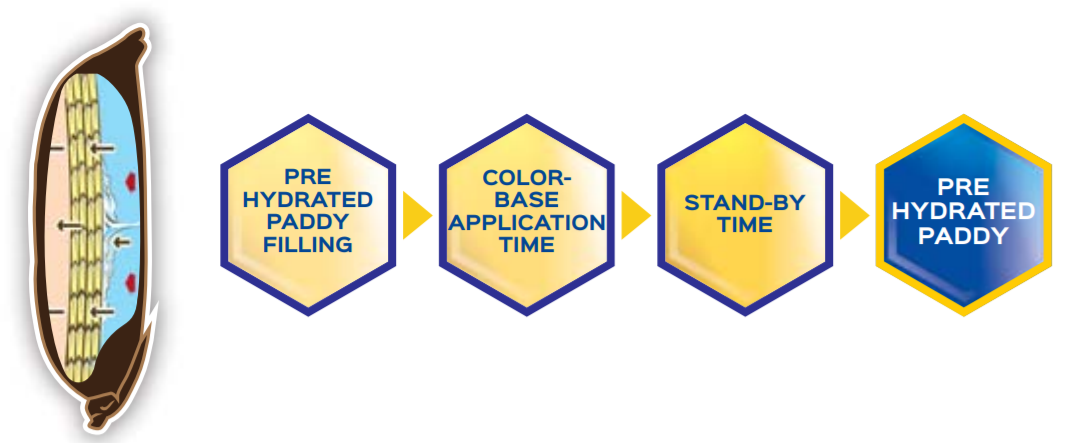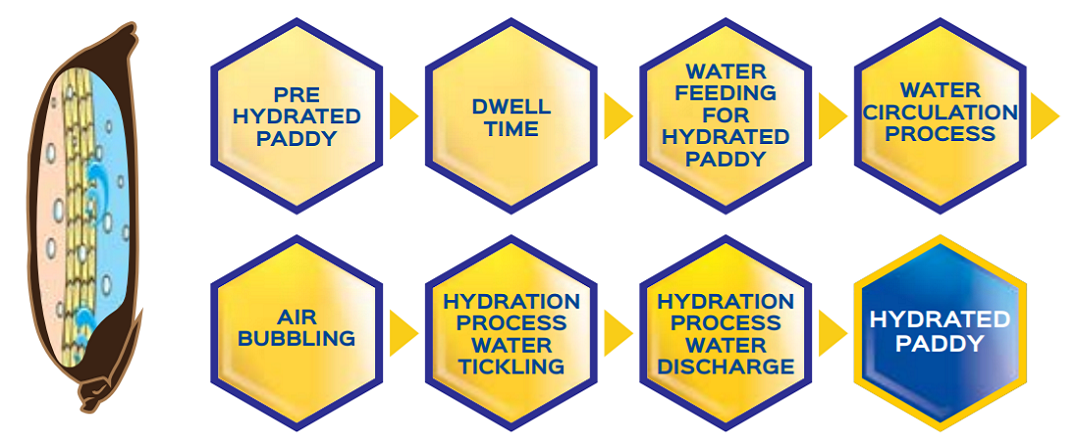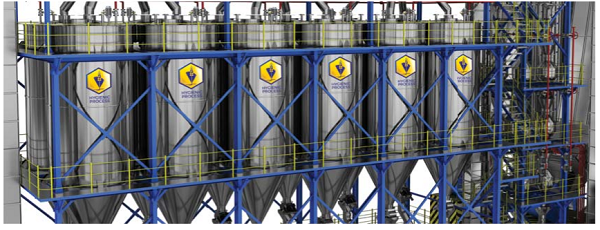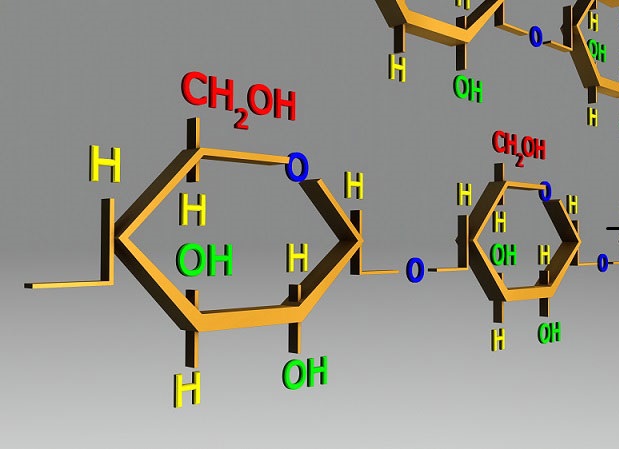
Rice Parboiling Plants
Stage One:
Pre-Hydration
After cleaning, the paddy is placed in the pre-hydration machine and steam is enforced with low pressure to increase the porosity in the husk and to increase the bonding strength of starch granules.


Stage Two:
Hydration
Hot water hydration or soak draws water-soluble vitamins and minerals from the bran layers and germ. Once the grain reaches the saturation level of hydration, the process is stopped.
Stage Three:
Gel Cook
With low medium pressure and steam, these water-soluble nutrients are pressed into the endosperm and a gel cook treatment locks the nutrient into the grain.

BRIS Continuous Parboiling

This is a unique system developed by APIT and a premium offering from us to the industry. It moves away from conventional batch-wise processes and introduces continuous parboiling solutions, thereby moving from operator dependant processes to market dependant solutions. The future of the parboiling industry is in processing paddy continuously to upgrade from the archaic batch-wise process. The trend of continuous parboiling is slowly and steadily picking up its pace to overcome the drawbacks existing in batch-wise processing. In the regions of SouthEast Asia, Africa and South America, millers are realizing the benefits of online processing as compared to batch-wise processing.
Many new installations are looking out for solution providers of online paddy parboiling to suit the demands of continuous drying machines. Realizing this potential, APIT has developed a continuous parboiling plant that syncs with the demands of a continuous dryer. BRIS stands for Bhatta Rice Intelligence System — a tribute to the eminent scientist Dr K. Bhattacharya. The essence of this system is in providing continuous parboiling which will complement sophisticated continuous dryers. Parboiling is the process zone where the colour of final rice and its nutritional values are decided. It is therefore important that the right process has to be established here to achieve the desired end product. APIT has the required data which helps in establishing an intelligent recipe for producing parboiled rice ranging from white to deep yellow (white, off white, cream and yellow).
INDIGO Batchwise Parboiling

APIT acknowledges the fact that at present, the continuous parboiling market is in its inception and is a market that is yet to mature. However, to address the remaining majority of the batch-wise market, we offer a module based on recipe-driven paddy processing which is proprietary to APIT machines. APIT also provides solutions for the batch-wise processing segments complete with batch-type dryers. APIT is flexible enough to offer these solutions in manual, semi-auto and auto modes of operation based on the customers’ preferences.
Quick Facts About Parboiled Rice

Quick Facts About Parboiled Rice
- Hydrothermal Treatment induces partial cooking (gelatinization of starch) and changes starch structure from crystalline to amorphous form.
- About 60% of the total production of paddy is parboiled in India.
- Milled parboiled rice has greater resistance to insects and fungus infection.
- Non-sticky nature, higher water absorption, rich in calcium, fibre, potassium and vitamins (B6).
- Results in desirable changes in the texture of cooked rice.
- Improvement in nutritive value, due to diffusion of vitamins and minerals into the grain.
- Improvement in nutritive value, due to diffusion of vitamins and minerals into the grain.

